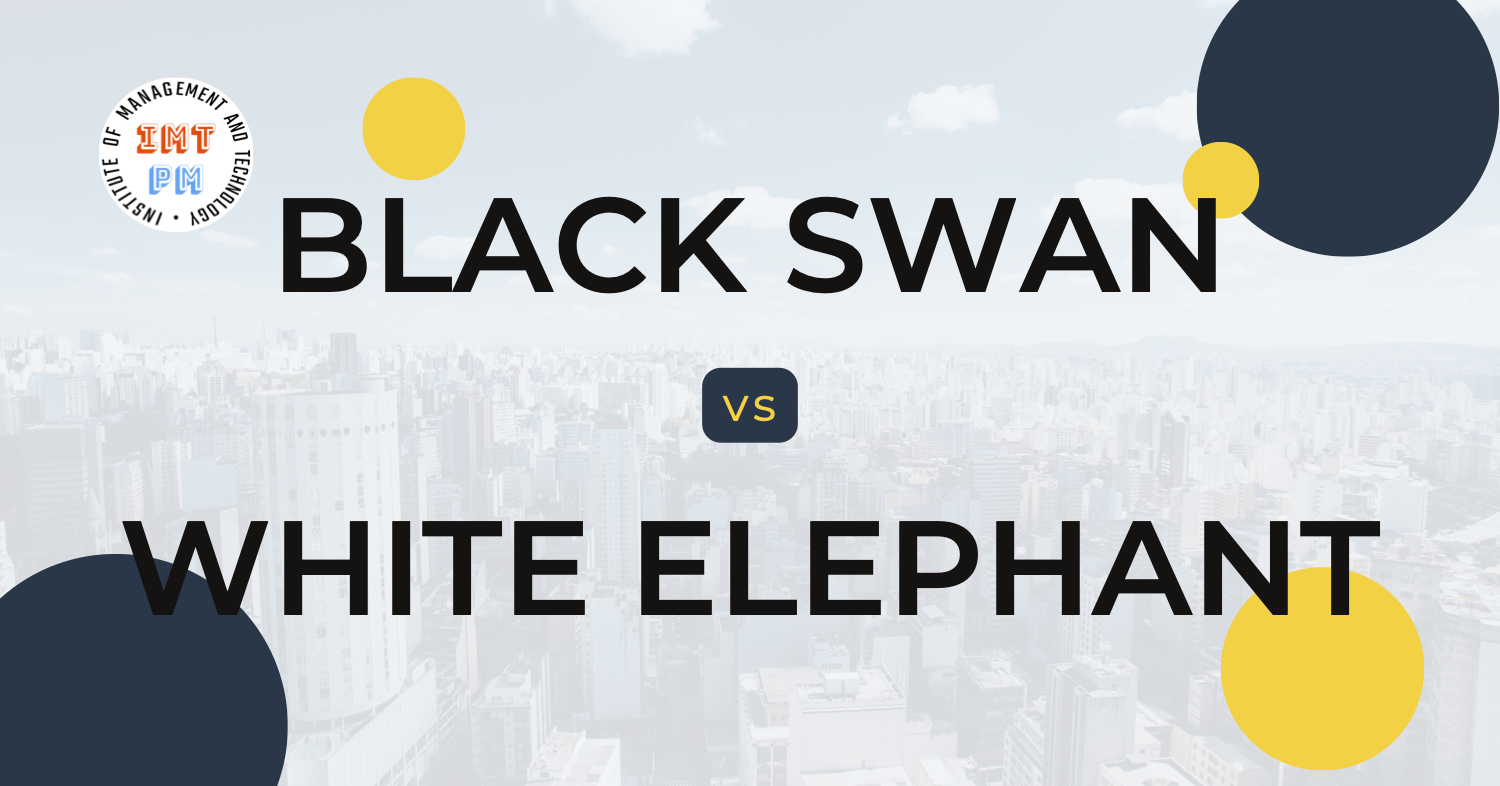
Black Swan vs. White Elephant in Project Management
In the realm of uncertainty and risk management, two intriguing concepts, Black Swans and White Elephants, provide valuable insights into unforeseen events and misguided endeavours.
Nassim Nicholas Taleb, a Lebanese-American essayist renowned for his work on randomness, probability, and uncertainty, introduce the term “Black Swan” in his 2007 book. Taleb’s seminal book, “The Black Swan,” hailed by The Sunday Times as one of the twelve most influential books post-World War II, delves into these phenomena, emphasizing their extreme rarity, unpredictability, and retrospective clarity.
In the context of project management, a Black Swan event occurs when a project experiences a staggering cost overrun averaging 200% and a schedule overrun of nearly 70%. This concept was introduced by professors Bent Flyvbjerg and Alexander Budzier of the University of Oxford in their 2011 research. A classic illustration of a Black Swan event in project management is the case of Levi Strauss, where a modest $5 million IT migration project in 2003 spiralled into a colossal $192.5 million loss and the resignation of the chief information officer in 2008.

Unlike Black Swan events, which are often unforeseeable, White Elephants are typically identifiable in advance but are pursued for reasons such as political agendas, organizational inertia, or flawed decision-making processes.
In project management, White Elephants denote initiatives or projects marked by high resource investment but minimal returns. Examples of White Elephant projects abound, encompassing extravagant technology implementations, unnecessary infrastructure ventures, or endeavours influenced by personal agendas rather than strategic imperatives. Consider a scenario where a government opts to construct a lavish convention center in a small town devoid of the requisite infrastructure for large-scale events. Despite expert warnings and feasibility studies highlighting feasibility concerns, political exigencies propel the project forward. Upon completion, the convention center languishes unused for extended periods, incurring substantial maintenance costs and failing to catalyze the anticipated economic benefits.
By understanding the dynamics of Black Swans and White Elephants, project managers can better navigate uncertainty, mitigate risks, and steer projects toward successful outcomes.






Leave a Reply
You must be logged in to post a comment.